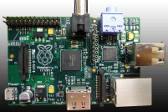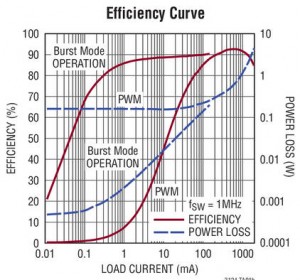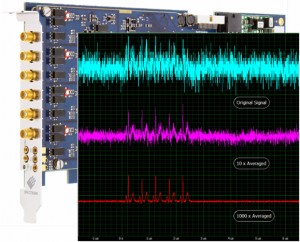Processor suppliers could make a big difference in the way their chips are used and adopted by the industry if they took the plunge and made more of their source code available to designers.
Creating evaluation boards and reference designs with compliers, debuggers and other firmware is a mainstay of the embedded designer’s tool box. But what if they could get access to elements of the processor’s source code?
This is what designer Pete Warden at Jetpac did when he had access to the assembler level code of the Raspberry Pi graphics processor from Broadcom.
He wrote custom assembler programs for the Raspberry Pi, he then created a set of helper macros for programming the DMA controller and released it all as open source.
It seems that Broadcom is not afraid to make elements of its chip software IP more widely available, even as open source software.
For example, Broadcom is one of only a few chip makers to make its Bluetooth stack available to the open source community.
The Bluetooth stack became part of the Android open source project and as a result of this it became the basis of the Bluetooth subsystem in the latest Android 4.2 operating system.
Was this because the Broadcom stack was available as open source? I guess so.
So it would make sense for more chip suppliers to make elements of their source code available. It would have the advantage of proliferating the IP which would surely help with option of the silicon.
Of course no chip firm will give away all its proprietary IP. But it should be possible to give designers greater access to elements, such as wireless stack and even assembler code.






